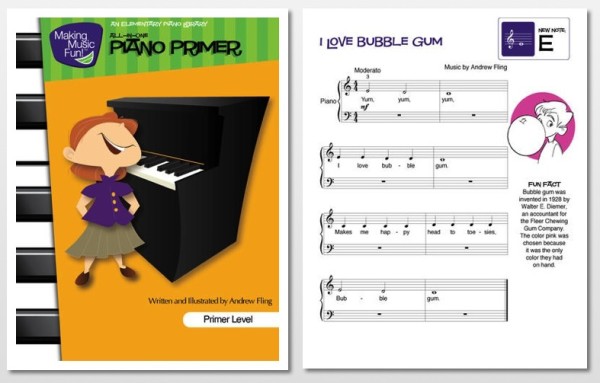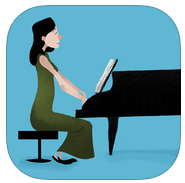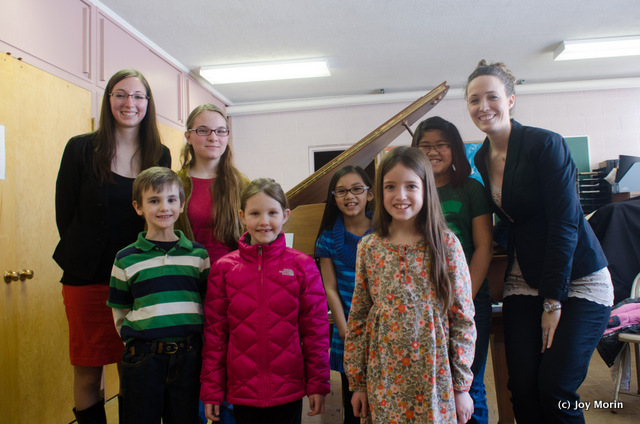MTNA 2014 has been awesome so far! My friend and I took the MegaBus to Chicago on Friday and we attending the option Pedagogy Saturday. I attend mostly sessions from the Technique and Artistry Track. The first session that day was given by the ever-dynamic Ingrid Clarfield!
Ingrid Clarfield: From Hot Cross Buns to Les Adieux
Ingrid began by playing Hot Cross Buns on the black keys in the most musical way. She joked that she was sure that we all woke up early at 8am hoping to hear Hot Cross Buns. 🙂
From the first lesson, we want our students playing musically and beautifully:
– Listening to end of slurs.
– Building through repeated notes.
– etc.
Ingrid then demonstrated a variety of repertoire that fit under the following categories:
(1) Slurs and Arm Circles
Ingrid made her signature teaching move: adding entertaining lyrics to the piece/exercise. 🙂 Hanon is wonderful for teaching arm circles. The lyrics: “I can make a big fat circle” for at a slow tempo, and later then later: “I can make a little circle.” It is important to teach the arms to be involved from the beginning.
(2) Motivic Repetitions — the 1-2-3 we so often see in music.
To learn voicing, Ingrid recommended practicing the two voices with two hands at first in order to get the right sound in your ear, and then play it within the same hand.
(3) Thinking in terms of Orchestration (String Quartet or Orchestra).
Be sure to have students listen to good recordings so they know what good musicians and their instruments sound like. Then you can have students orchestrate their pieces by writing the instruments they hear in their piano score. It doesn’t matter much what they pick as much as that they have thought about it.
(4) Timing for Surprising (or “sick”) Harmonies.
Find and mark surprising harmonies. Play the passage to students with the surprising harmony removed and replace by the expected harmony. This will allow students to better hear and enjoy the harmony and perhaps add some rubato to it.
The examples of teaching pieces that Ingrid demonstrated in connection to each category were extremly enlightening. For example, there is a great example of a surprising harmony in Fur Elise that many students play through with little acknowledgment.
Having students think in terms of these categories is extremely helpful in getting students to play musically from the very beginning of their studies.


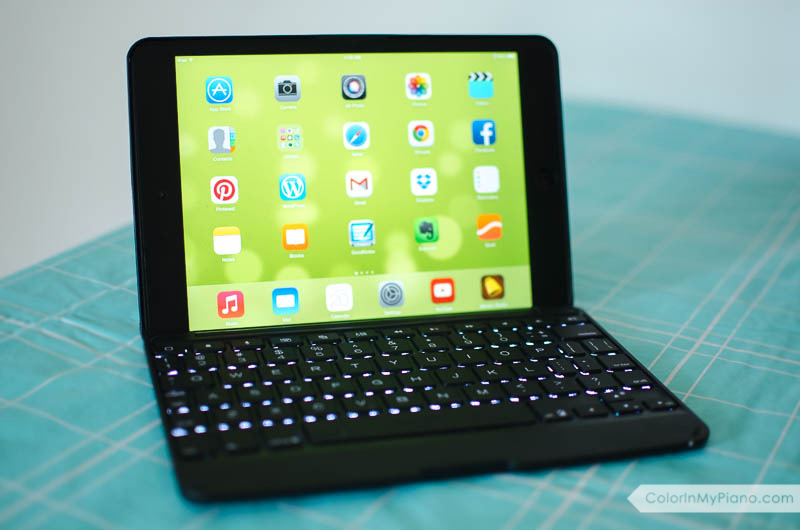

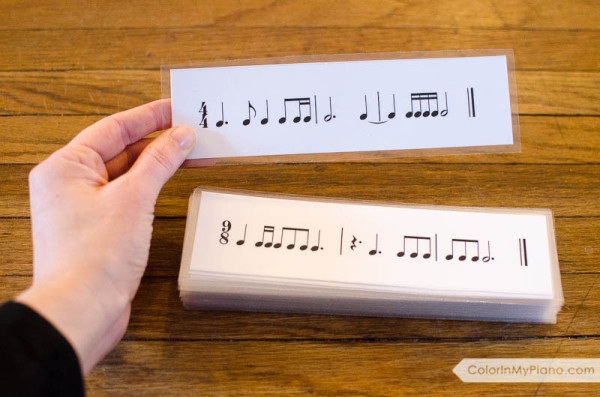
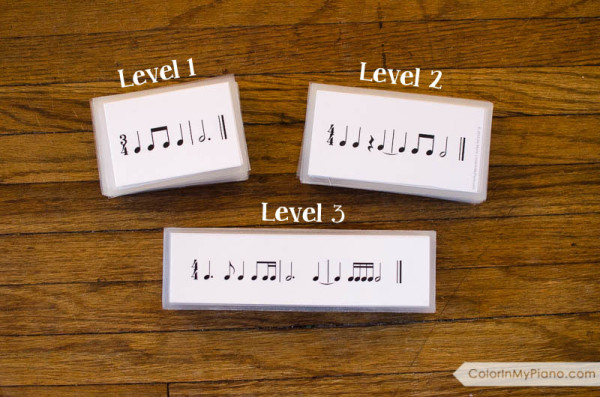
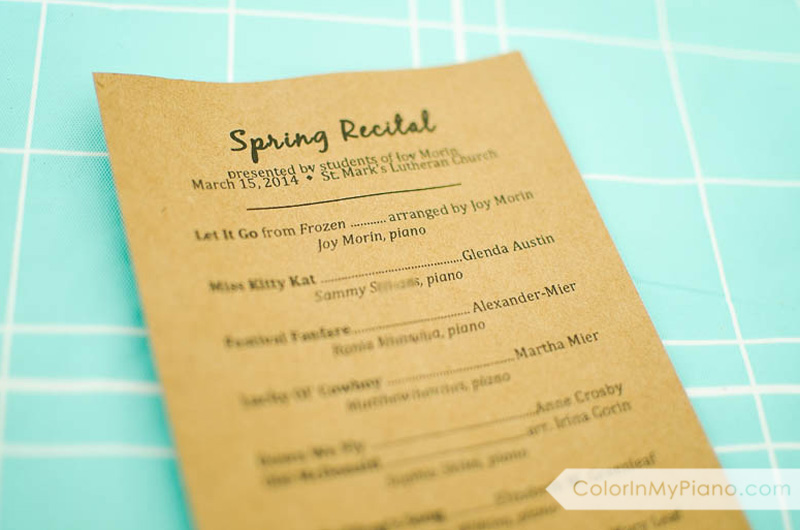
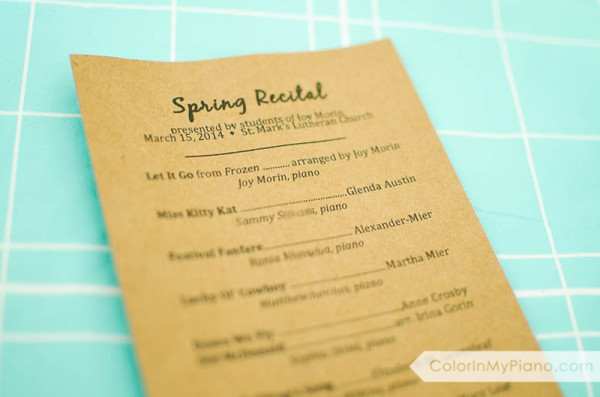
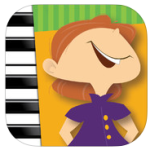 Making Music Fun’s Piano Primer
Making Music Fun’s Piano Primer